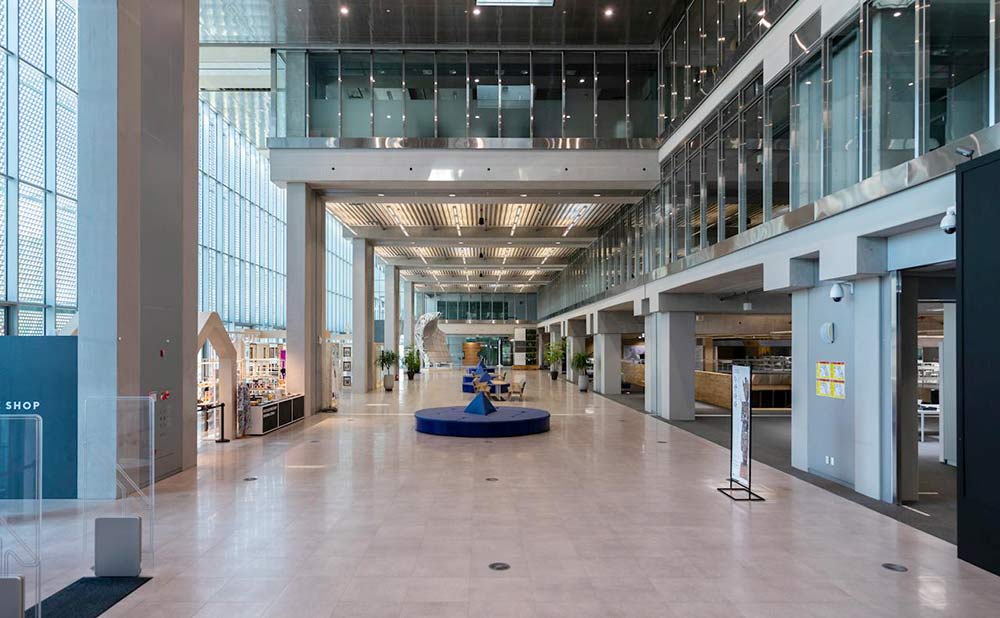In an era where technology seamlessly integrates into our daily lives, the advent of smart IoT LED lighting systems has revolutionized the way we perceive and utilize lighting. But how exactly do these systems function? At its core, an IoT lighting system refers to a network of interconnected lighting devices that can be remotely controlled and automated through the internet. This innovative approach to lighting offers unparalleled control and efficiency, making it a pivotal element in modern buildings and public spaces.
What is IoT lighting?
IoT lighting involves the combination of lighting fixtures with sensors, software, and network connectivity, allowing for intelligent and responsive lighting management. These systems gather data about their environment and user preferences, enabling them to make real-time adjustments for optimal lighting conditions.
When did IoT began to be used in lighting
The concept of IoT in lighting began gaining traction with the evolution of LED technology and the increasing demand for energy-efficient solutions. This convergence of eco-friendliness and advanced technology marked a new chapter in lighting solutions, emphasizing not just illumination but also intelligent control and sustainability. IoT technology with lighting primarily began to gain significant traction in the late 2000s and early 2010s, also driven by the rapid advancement and adoption of LED (Light Emitting Diode) technology. The LED technology’s energy-saving properties, combined with its ability to easily interface with sensors and networked control systems, made it an ideal candidate for IoT applications in lighting. As a result, the early 2010s witnessed an increased focus on developing smart lighting solutions that were not only about providing illumination but also about offering enhanced control, reduced energy consumption, and greater sustainability.
The technology behind smart IoT lighting systems
At the heart of smart lighting lies a combination of advanced technologies. Key components include LED bulbs, which are known for their energy efficiency and longevity, sensors that detect environmental changes, and wireless communication protocols like Zigbee, Bluetooth, and Wi-Fi. These elements work in tandem to provide a responsive and adaptable lighting ecosystem.
Top 5 benefits of using IoT light control
- Energy efficiency: Automated controls and optimized usage significantly reduce energy consumption.
- Cost savings: Lower energy usage translates to reduced operational costs.
- Enhanced comfort and productivity: Adaptive lighting improves ambiance and supports human circadian rhythms.
- Remote monitoring and control: IoT-enabled lighting systems can be managed from anywhere, providing flexibility and ease of use.
- Data analytics: Collection of usage data helps in making informed decisions for future improvements.
The synergy between IoT and LED
LEDs are not just energy-efficient; they are also conducive to digital control. This compatibility with digital systems makes LEDs the ideal choice for IoT applications in lighting, enabling features like color temperature adjustments and dimming capabilities, which are essential for creating dynamic and responsive environments.

Usage of smart IoT LED lighting in shopping centers
Smart lighting systems in shopping centers are revolutionizing the retail experience. These advanced systems use a network of connected light fixtures, sensors, and controllers to create an adaptable and energy-efficient lighting environment. By adjusting the intensity and color temperature of lights, IoT lighting can enhance the ambiance, making it more inviting for shoppers. It can also highlight specific areas or products, driving sales and customer engagement. Moreover, data gathered from these systems helps mall managers understand traffic patterns and optimize lighting schedules, thereby reducing operational costs while improving the shopping experience.
Office spaces with IoT lighting control
In office environments, IoT smart lighting systems play a crucial role in creating a productive and comfortable workspace. These systems can adjust lighting based on natural daylight availability, occupancy, and even the specific tasks being performed. For instance, brighter, cooler light can be used to enhance focus during peak work hours, while warmer tones can be introduced for relaxed settings. Additionally, personalized lighting settings can be controlled by employees through smart devices, contributing to enhanced comfort and satisfaction. The data collected from these systems also assist facility managers in monitoring energy usage and optimizing lighting for efficiency and cost-effectiveness.
Smart IoT LED systems in street lighting
The application of IoT smart lighting in street lighting brings significant benefits to urban management and public safety. IoT-enabled streetlights can adjust brightness based on real-time factors such as traffic density, weather conditions, and the presence of pedestrians, which enhances visibility and safety while conserving energy. These lights can also be integrated with other smart city systems, such as traffic signals and emergency services, for a coordinated response to city-wide events. Moreover, the data collected from these systems can be analyzed to improve urban planning decisions, like identifying the need for additional lighting in certain areas or optimizing maintenance schedules, making street lighting more efficient and responsive to the needs of the city.
In conclusion, IoT smart lighting systems represent a significant leap forward in how we light up our spaces. These systems not only offer improved energy efficiency and control but also contribute to creating environments that adapt to our needs, enhancing comfort and productivity. As this technology continues to evolve, it promises to further integrate into various aspects of our daily lives, making smart lighting an indispensable element of modern living.


